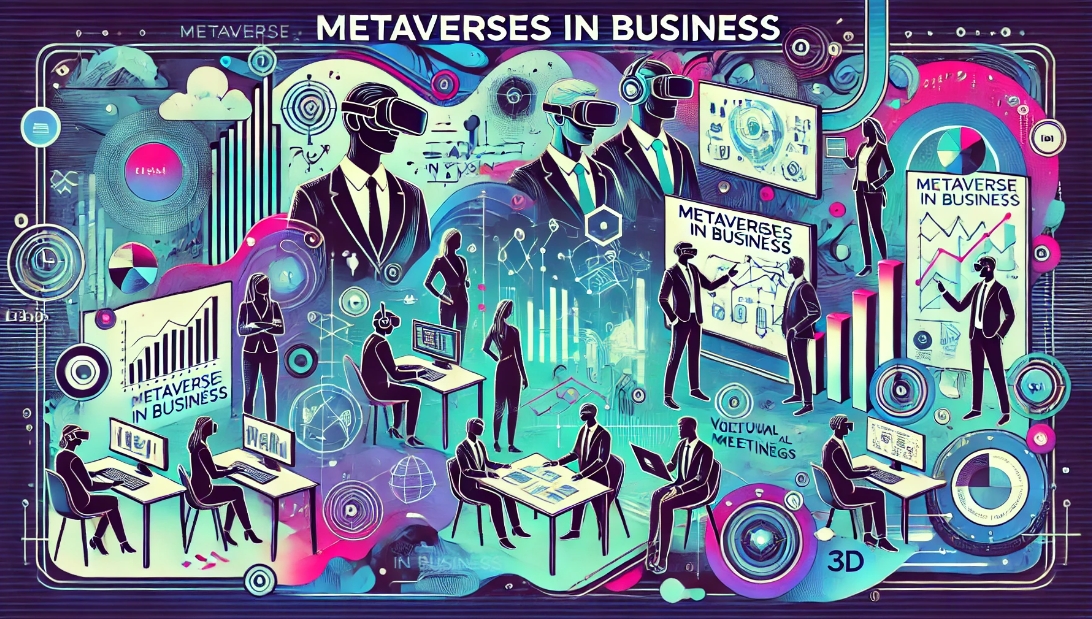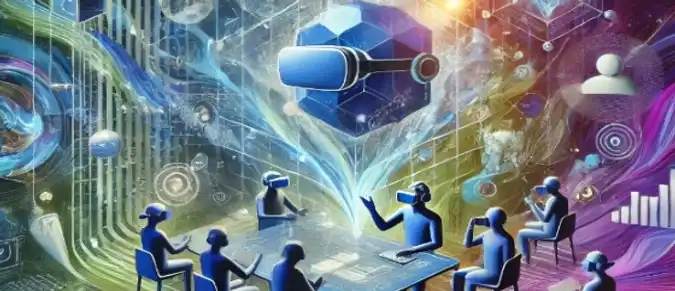Metaverses are virtual games and applications that integrate with the real world. A prime example of such an application is Pokémon Go, released in 2016 and pioneering in the field of augmented reality games. The game allows players to find characters in real-world locations using their phone cameras.
Contents:
- Features of Metaverses
- How Metaverses Are Used for Commercial Purposes
- NFTs in Metaverses and Banking Applications
- Conclusion
Features of Metaverses
Metaverses are characterized by their continuity in time and space: events occur in real-time, without the possibility of pausing, and have unlimited size and capacity.
The main feature is digital characters or avatars. An avatar represents the user in a virtual environment, reflecting their physical and personal characteristics. With an avatar, you can:
- interact with others,
- participate in virtual events,
- customize appearance, including accessories and clothing.
Popular examples of metaverses include Roblox, which combines gaming, social networking elements, and a marketplace where users exchange items and play together. Decentraland offers virtual NFT exhibitions, sports events, and parties, while the Sandbox allows users to create their own games and interact with each other.

How Metaverses Are Used for Commercial Purposes
Metaverses have become a significant tool for business, opening new earning opportunities. One key method is Direct-to-Avatar (D2A), where companies sell 3D models of products to avatars through virtual stores.
In 2021, the Spanish fashion house Balenciaga held a show of its new collection in a specially created game, allowing fashion shows to continue despite the pandemic.
Successful examples of sales in metaverses are attracting more companies. In 2019, League of Legends earned $1.5 billion from selling avatar clothing. Virtual merchandise of American singer Travis Scott brought four times more revenue in the virtual world than in the real one.
Another model is Direct-to-Consumer (D2C):
| Model | Description | Advantages | Examples |
|---|---|---|---|
| Direct-to-Consumer (D2C) | The customer first interacts with the product in the metaverse and then receives it in the real world through mail or delivery. | - Testing product demand in a virtual environment - Ability to gather feedback before physical release - Product optimization based on virtual experience | - Launching virtual prototypes and pre-ordering products in metaverses. |
NFTs in Metaverses and Banking Applications
NFT technologies add extra value to items in metaverses. Users can purchase NFT clothing, accessories, and other virtual items, which represent unique digital assets recorded on the blockchain. Unlike regular goods, NFT items have unique characteristics and ownership rights that remain regardless of the platform or game. Due to their uniqueness and limited release, NFTs can have significant investment value and become collectible items.
NFTs can also be used in banking applications. For example, banks might integrate special NFT tokens into loyalty programs that can be used in metaverses. In children's banking products, this could look like a gamification system where users earn NFT coins or medals for completing certain tasks, such as adhering to budget constraints. These NFTs can then be exchanged for virtual goods and services, encouraging financial literacy and increasing engagement with the app.
In 2023, R‑Style Softlab introduced the RS‑InterBank: Kids product, which integrates with remote banking services. This solution using NFT technologies allows banks to create a unique user experience and find new business development paths.
Conclusion
Metaverses are transforming the interaction between users and both digital and real worlds, offering new opportunities for entertainment, social activity, and commerce. The use of technologies like NFTs in commercial and banking applications opens new horizons for businesses and users. Successful examples of metaverse usage, such as Roblox and Decentraland, demonstrate their potential in creating unique virtual experiences and commercial strategies. In the future, further development of these technologies and their integration into various aspects of life and business can be expected.



